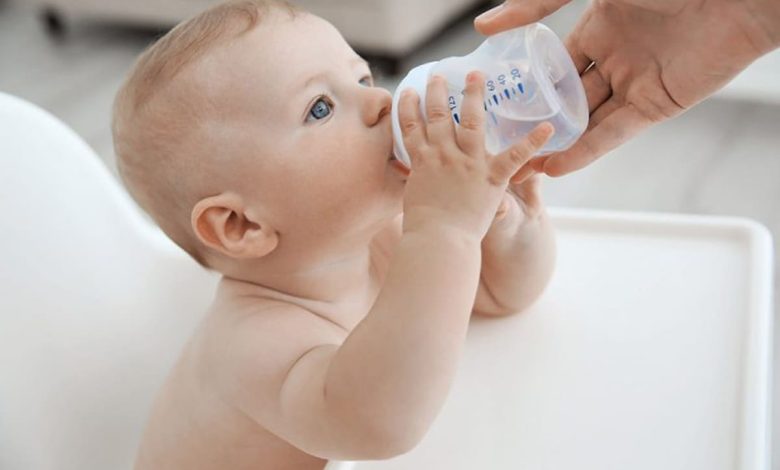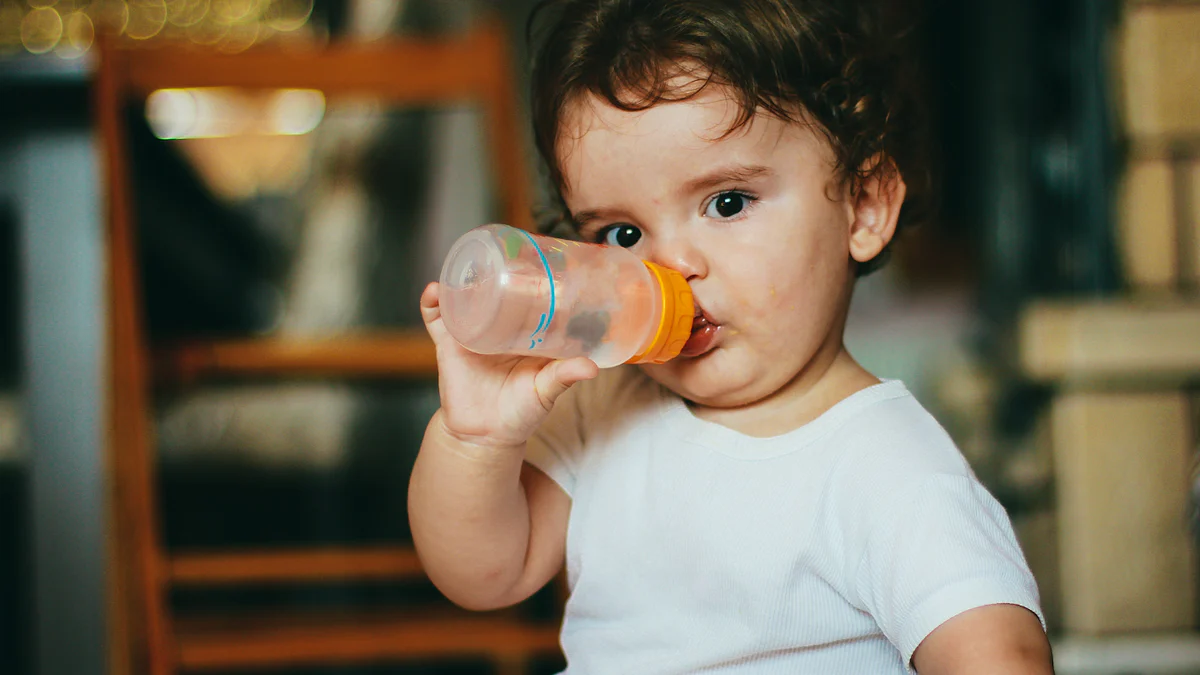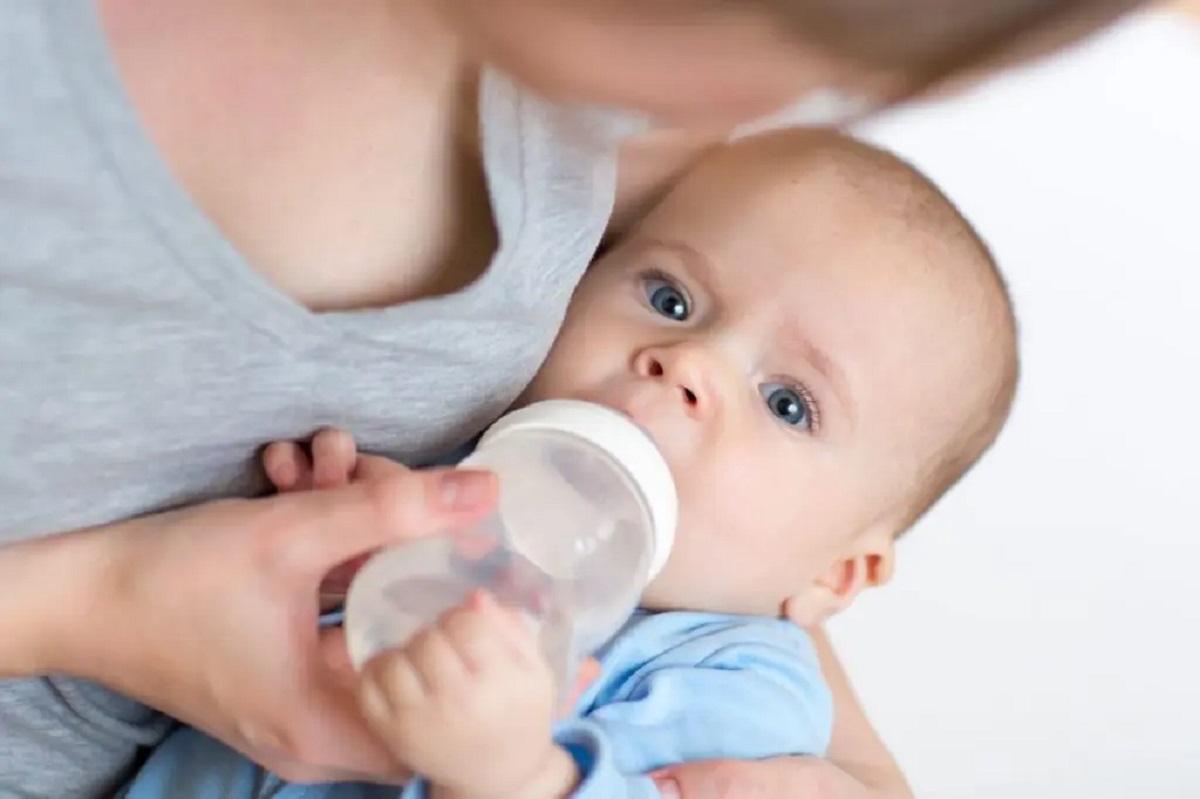Hydration For Babies In Fall: Can Babies Drink Water In The Fall Season? A Guide For Parents

Hydration For Babies In Fall: When it comes to the health and hydration of babies, many parents are unsure about when it is safe to introduce water into their diet, especially with seasonal changes like the onset of fall.
The fall season brings cooler temperatures and changes in humidity, which can prompt questions about hydration for infants. This essay will explore the appropriate timing for introducing water to babies and the best practices for hydration during the fall season.
Hydration For Babies In Fall
When Can Babies Drink Water?

Hydration For Babies In Fall, According to pediatricians, babies should not be given water before they are six months old. During the first six months, breast milk or formula provides all the necessary hydration for an infant. These liquids contain the right balance of water, vitamins, and minerals to meet a baby’s needs, even in varying temperatures or seasons like fall.
Introducing water too early can lead to health complications, such as water intoxication, which occurs when a baby’s kidneys cannot handle an excessive amount of water. This can cause electrolyte imbalances and may be harmful to their developing bodies.
Hydration Needs In The Fall Season
Hydration For Babies In Fall, As the fall season arrives, temperatures start to cool, and parents might assume that babies need less hydration compared to hot summer months. However, babies still require consistent fluid intake regardless of the season. The cooler, drier air of fall can lead to dehydration just as much as warm weather can, as it can cause moisture loss through the skin and respiratory system.
For babies under six months, continuing to breastfeed or provide formula is enough to keep them hydrated in the fall. For older babies, small amounts of water can be introduced in addition to their usual feedings once they begin eating solid foods, which usually happens between six to twelve months.
How To Safely Introduce Water To Babies
Hydration For Babies In Fall, Once a baby reaches six months and begins eating solid foods, water can be introduced in small amounts, typically around two to four ounces per day. The water should be given alongside meals or between feedings but should never replace breast milk or formula, as these remain the primary sources of nutrition and hydration during the first year of life.
It is also important to use clean, filtered water when offering it to a baby, especially in areas where tap water quality may be a concern.
Signs Of Dehydration In Babies

Hydration For Babies In Fall, Regardless of the season, it’s important for parents to watch for signs of dehydration in their babies. These signs may include:
Fewer wet diapers (fewer than six in 24 hours)
Dry mouth or lips
Sunken soft spot on the baby’s head (fontanelle)
Lethargy or irritability
If any of these signs are noticed, parents should consult a pediatrician promptly.
Final Thought
Hydration For Babies In Fall, In conclusion, while the fall season may bring cooler weather and changes in humidity, it is essential for parents to stick to guidelines regarding infant hydration. Babies under six months should not be given water, as breast milk or formula is sufficient for hydration.
Hydration For Babies In Fall, After six months, small amounts of water can be safely introduced when a baby starts eating solid foods. Parents should always be mindful of their baby’s hydration needs and monitor for any signs of dehydration, ensuring that their baby stays healthy and hydrated throughout the fall season.
Also Read:
Understanding Baby Sleep Patterns By Age: How Much Sleep Does Your Baby Need?
World Health Organization: Baby Powder Is Probably Carcinogenic
The Best 11 Home Remedies For Cold And Flu In Babies And Kids




